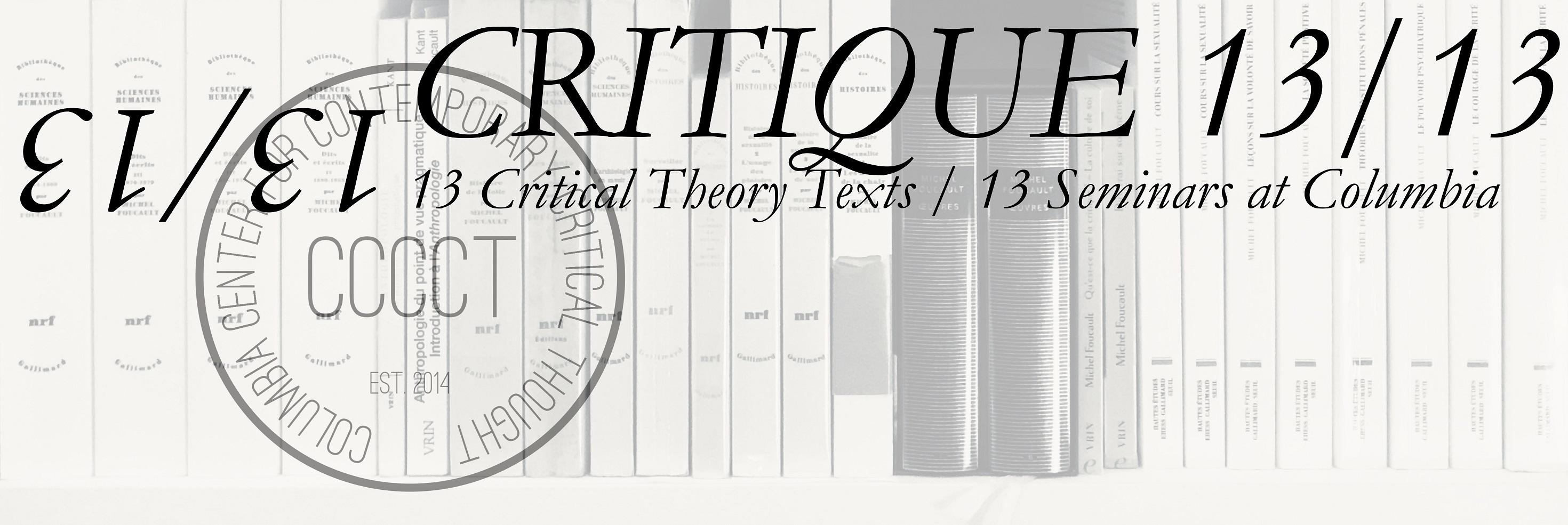By Elliot Spector
Even in Freire’s time, feminist scholars criticized Pedagogy of the Oppressed (PO) for its narrow focus on men, and today his assumption of a singular oppressed class appears outdated compared to the contemporary concept of intersectionality. However, a close reading of PO reveals that the book’s pedagogical methods give us the tools to move beyond these problems, for Freire knew that knowledge is an ongoing and collaborative project.
Freire’s goal was to articulate a form of critical pedagogy that would contest and overcome traditional methods of education, which he compared to banking: the active teacher deposits information into the passive student’s mind. The banking model of education is perfect for instilling obedience, inculcating the favored ideas of the ruling class, and reproducing the oppressive social order. Because the teacher holds all the power, this model of education also succeeds in taking an active subject (the student) and turning her into a passive object.
To avoid the subjugating dynamics of traditional education, Freire suggested a dialogic form of education capable of awakening the critical conscience. In this model, knowledge is produced collaboratively through a dialogue between the student and the teacher, which respects both the expertise of the teacher and the agency of the student. Transforming the student’s relationship to the teacher also implies changing her relationship to knowledge itself, which is no longer something external to be deposited into the student, but something that can be coaxed forth from the student by the skillful teacher. Combining the knowledge of the student and the teacher, one arrives at a collective understanding of society and oppression.
Nothing demonstrates this approach to knowledge better than Freire’s own reaction to criticism. In response to letters criticizing the sexism of his book, Freire responded “thank you.” This is because Freire did not write PO for the banking education: he was not trying to deposit his knowledge of society and oppression once and for all. He was trying to show how a dialogical education could create a critical subject to combat, contest and transform these systems of oppression—including those he himself overlooked. He understood that his knowledge was incomplete, which is why he welcomed the feminist critique. After all, critical pedagogy does not require the teacher to understand all the intersectional forms of oppression that exist within society. It requires a teacher who can help others articulate their oppression so that as a group they can come to understand it.
Creating a space where the oppressed can articulate and chronicle their oppression is only the first step. If critical pedagogy stopped there, it would be the inverse but not the opposite of the traditional teacher-student relationship. What makes it a truly critical pedagogy is that in articulating their oppression, the oppressed become critical active subjects who can contest, combat and breakdown all the intersectional forms of oppression.
Once we understand the role of critical pedagogy in breaking down hierarchies between types of knowledge and types of people, its potential uses in other fields become apparent. During the seminar, Professor Alessandra Vannucci highlighted Augusto Boal’s Theater of the Oppressed, which applied Freire’s insights by attempting to transcend the actor-spectator dichotomy—turning passive spectators into active participants. Rather than a formal space of consumption, the theater becomes a space for “spect-actors” to interrogate their own existence and oppression.
Beyond its uses in the theater, Freire’s critical pedagogy makes three contributions that should be applicable to all professions. First, it assumes that no matter the sphere, everyone involved has valuable knowledge to share, which when pooled, will yield new knowledge. Second, it seeks to transform traditional hierarchical relationships of domination into relationships of collaboration and equality. And finally, by actively engaging all participants, his dialogic education transforms passive recipients into active critical subjects capable of transforming social reality. All institutions should take Freire’s practices into consideration when trying to transform themselves from traditional to critical forms. By doing so, people in positions of power who hope to achieve a more just world will not recreate the social relations and structures that guarantee oppression.
As Freire knew, Pedagogy of the Oppressed is the beginning of a dialogue with readers to produce new forms of knowledge. This is why PO’s limitations and outdated worldview do not make it any less essential to critical thought. What it first contributed in 1968 remains important, and our job as readers is to bring it into the contemporary world and apply its insights throughout our institutions. It is not that the oppressed must be allowed to speak but that they must be heard. This insight, which runs through the book like a golden, reads as a pressing and decidedly contemporary challenge to all of us.
